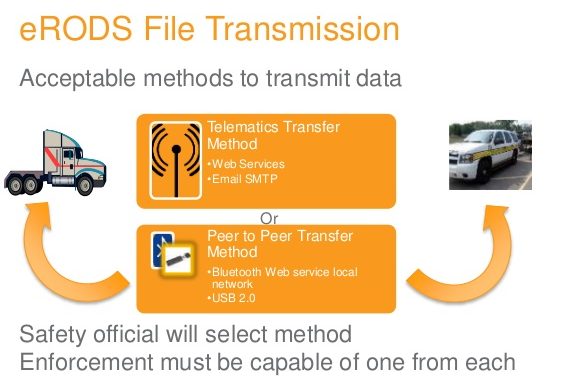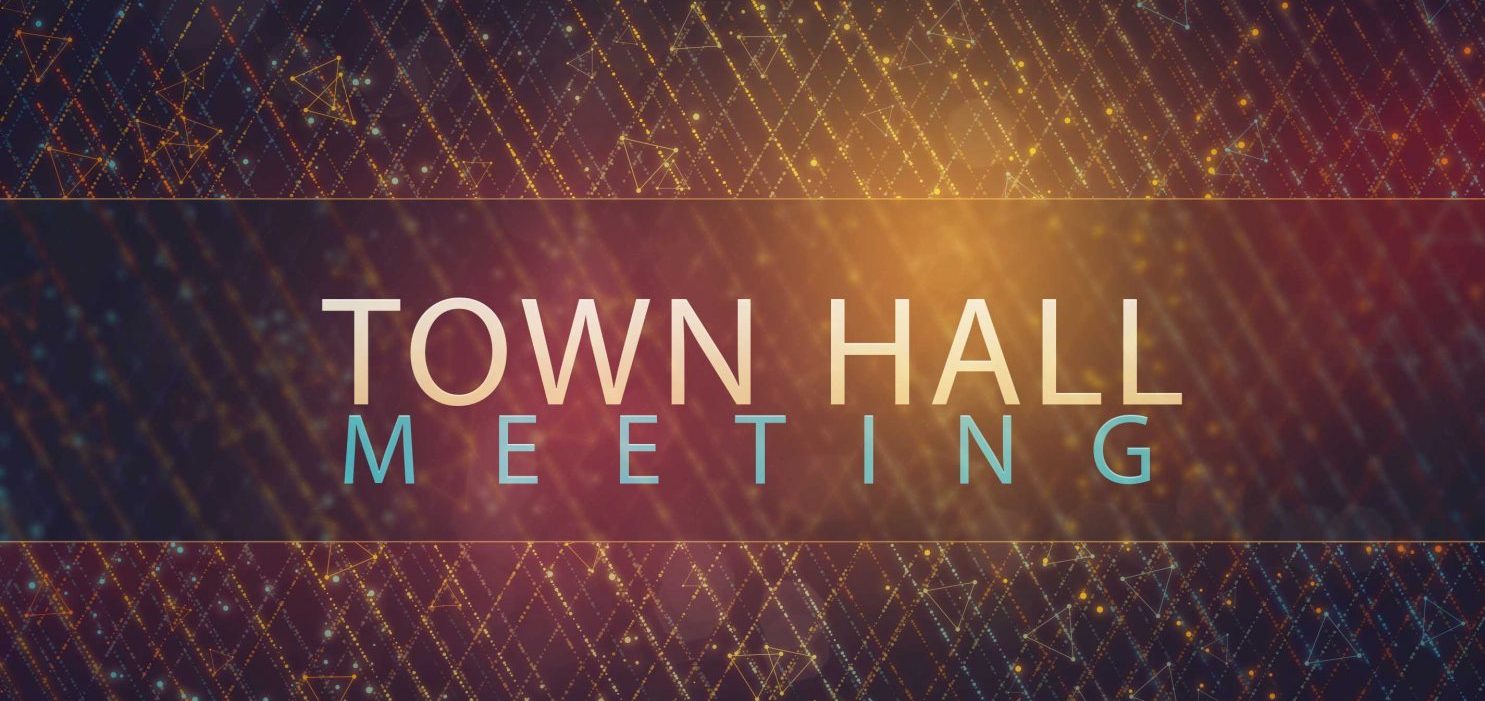A Race To The Finish For ELD Implementation
Written by Dave Gray, President of Glostone Trucking Solutions
The Federal Motor Carrier Safety Administration (FMCSA) held an ELD Manufacturer Town Hall meeting on May 9th, 2017 in Washington, DC. The intent of the meeting was to review ELD functional specifications and allow ELD Manufacturers to ask questions regarding the specifications.
In the meeting opening, the FMCSA set the ground rules by stating that the meeting would cover only the functionality of the ELD requirements and would not cover how the ELD rules will be enforced. Even with the ground rules set, some clarification was offered as to how the enforcement process will work.
Takeaways from the FMCSA May 9th ELD Manufacturers Town Hall meeting
The Electronic Logging Device (ELD) mandate does not change a single Hours of Service driving time rule. It only changes how the Hours of Service are to be recorded.
Back office management of the ELD process is going to be as big of a change and learning curve as is the Driver learning how to operate the ELD. This became evident within the discussions of:
- Configuring the ELD to the operations will be essential:
- Do you allow Yard Moves or not
- Do you allow Personal Conveyance or not
- Setting up non-drivers as users
- 60 hour rule or 70 hour rule
- Passenger Carrier rules or Property Carrier rules
- Base location time zone
- And many others!
- Unassigned driving, distance recorded where no driver was logged in to an ELD, will need to be assigned to someone and approved.
- Making sure proper annotations were made to explain exceptions (like unexpected weather or traffic delays)
- Driver edits were done accurately and were properly approved
- Drivers jumping between vehicles with an AOBRD and an ELD will need to have the AOBRD hours data entered into the ELD system to reflect the correct hours or have the driver carry the paper RODS from the time using the AOBRD system.
- Violations are addressed with corrective action.
- And more!
The most enlightening information for me came during the discussion of how ELD data is to be transmitted for inspection. The FMCSA pointed out several times that the transmission of ELD data will be the primary method for inspection. As a backup to not being able to transmit data, the driver will have to be able to either display the grids on a device the officer can clearly see without getting into the truck or print his logs. A device unable to transmit data could be considered as not functioning and required to be replaced or repaired within 8 days.
 Equally interesting was the flow of the ELD data when transmitted. The ELD must be able to transmit data using the following methods:
Equally interesting was the flow of the ELD data when transmitted. The ELD must be able to transmit data using the following methods:
- Web Services
- When transmitting via Web Services, the data will be sent encrypted to an FMCSA web portal where the data will be received and run through a software, called eRod, where possible violations will be noted. The completed report will then be accessed and enforcement will determine, based upon their investigation, whether a written violation is warranted.
- Email
- USB
- Bluetooth
Enforcement must be able to accommodate at least 2 of the 4 methods. Emails will not be able to be sent directly to a roadside enforcement officers email address as the email data is required to be encrypted.
Lastly, it was very interesting to note that the FMCSA Web portal, email system, and eRod software has yet to be completed. ELD Manufacturers have not been able to test their data transmission capabilities yet, 44 systems have self-certified themselves as being able to do so. An FMCSA data transmission testing environment is set to be implemented this summer were manufactures will be able to test and make sure their systems work as advertised.
It’s a race to the ELD deadline with a lot of moving parts yet to be finalized.
